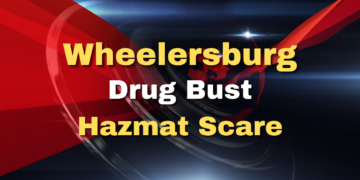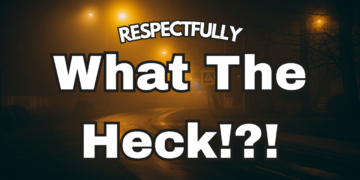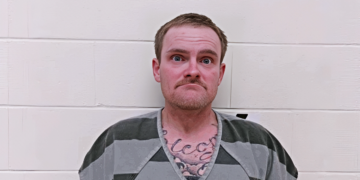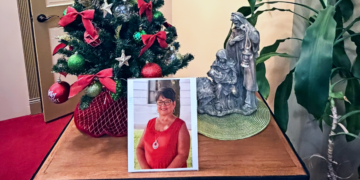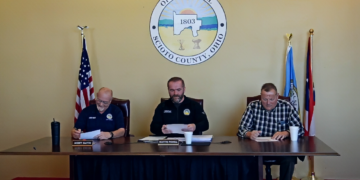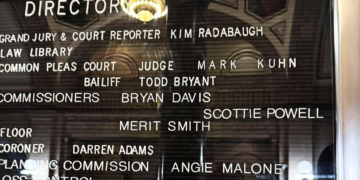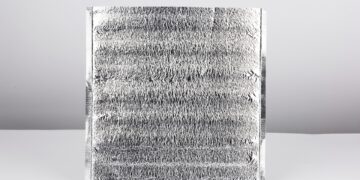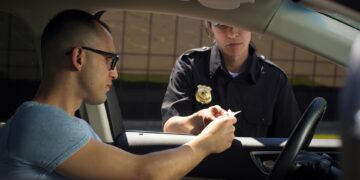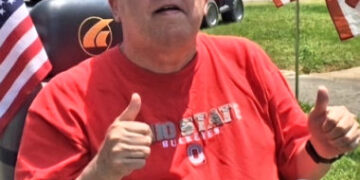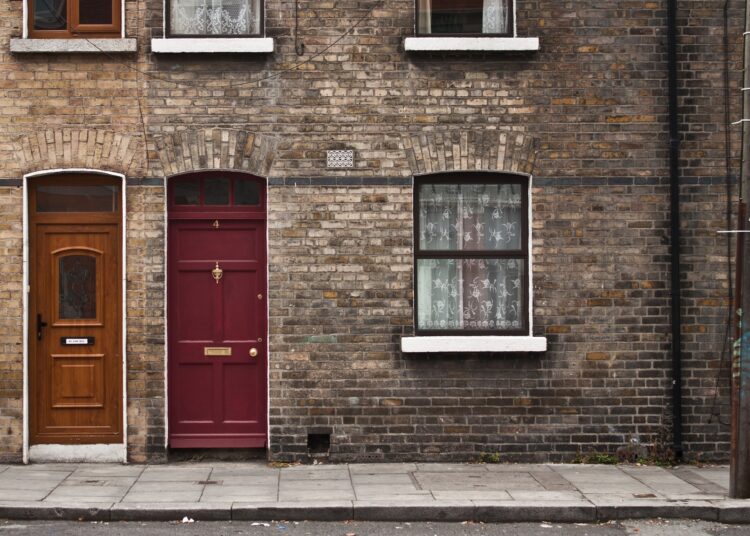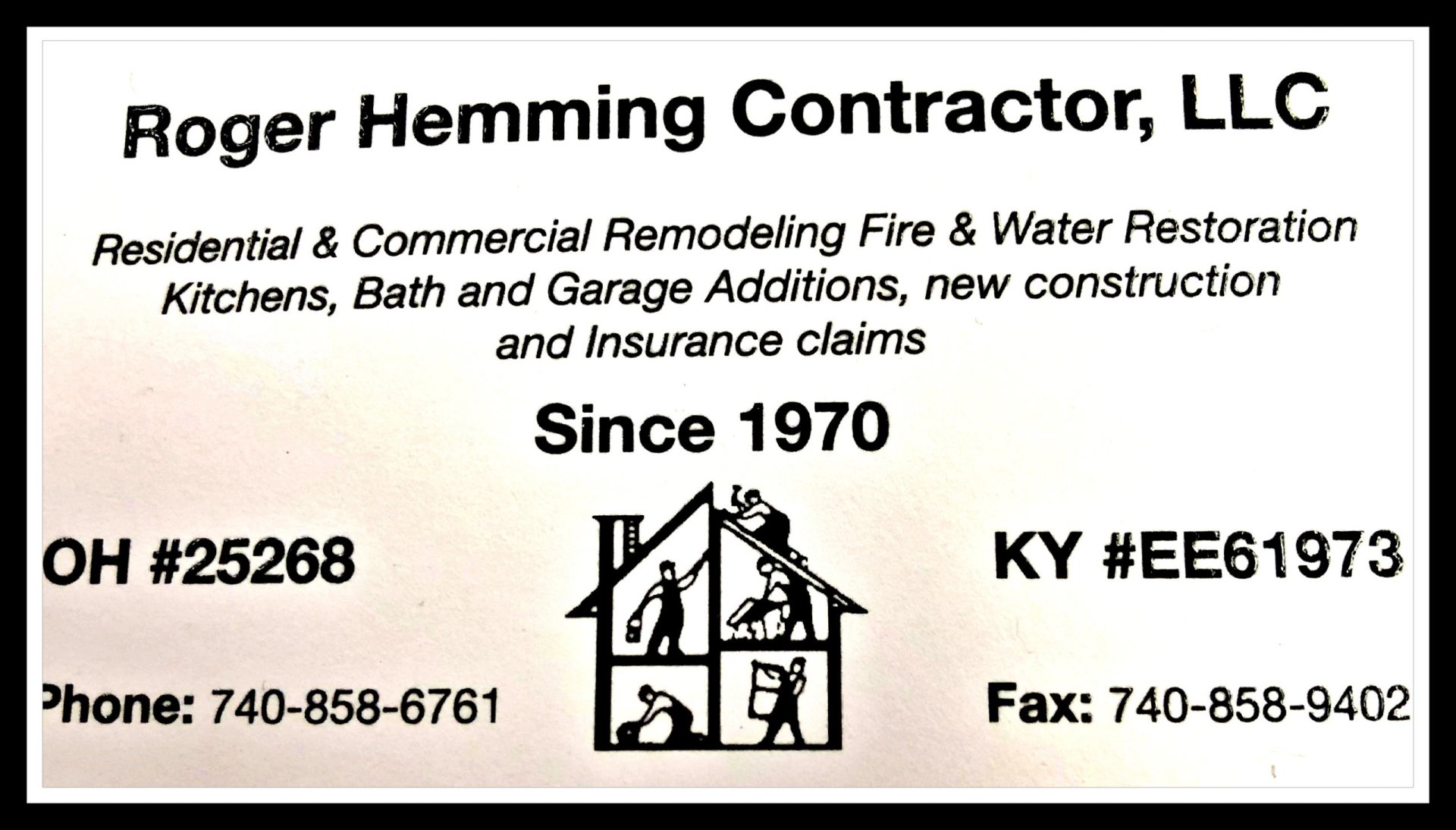Brooklyn’s sidewalks reflect the charm and complexity of one of New York City’s most iconic boroughs. They weave past brownstones, storefronts, and trees, connecting neighbors and neighborhoods alike. Yet for homeowners, these concrete pathways come with a responsibility that’s far more than cosmetic. Maintaining and repairing the sidewalk adjacent to your property is a legal obligation enforced by the NYC Department of Transportation (DOT). Navigating the labyrinth of repair costs, permit requirements, and potential violations can be daunting. This guide is designed to help Brooklyn homeowners understand how to stay compliant, avoid penalties, and manage sidewalk repair confidently.
Legal Responsibility: Who Owns the Sidewalk?
In NYC, property owners are responsible for the sidewalks directly in front of their buildings, even though those sidewalks are technically city property. That distinction matters little when it comes to legal liability. If someone trips and injures themselves on a cracked or uneven sidewalk bordering your home, you can be held accountable. The city also periodically inspects sidewalks and issues violations for damage, prompting owners to make repairs under tight timelines. Ignoring such warnings doesn’t make them go away—in fact, failure to act can lead to escalated enforcement, costly repairs, and liens placed against your property.
Common Types of Sidewalk Damage in Brooklyn
Brooklyn’s sidewalks face numerous threats. Tree roots from the borough’s lush street trees often push up concrete slabs, creating hazardous unevenness. Climate plays its role too—freeze-thaw cycles in winter crack pavement, while heavy rain undermines sections through soil erosion. Brooklyn’s older infrastructure means many sidewalks are decades old and not built to modern standards. Damage can range from surface-level cracks to serious structural issues that cause slabs to sink or tilt.
Understanding DOT Violations
When the NYC DOT identifies sidewalk issues, it issues a Notice of Violation. This official document outlines the type of damage, its location, and mandates repair within a specific timeframe—typically 45 days. Homeowners are expected to address the problem, obtain proper permits, and hire a contractor if needed. If the deadline passes with no action, the city may perform the repairs itself, often at a much higher cost than private contractors would charge. These expenses can then be levied against the homeowner’s property tax bill.
A DOT violation is more than a slap on the wrist. It represents both a safety concern and a legal obligation, with steep consequences for non-compliance. In cases where city-hired contractors perform the work, homeowners lose control over quality, scheduling, and price. Worse still, these violations, if left unresolved, can evolve into sidewalk liens—financial claims that make it difficult to refinance, sell, or transfer the property.
The Permit Process and Why It Matters
Sidewalk repair in Brooklyn isn’t as simple as pouring new concrete. The city requires a sidewalk permit before any major repair or replacement begins. These permits ensure that construction meets NYC standards, protects pedestrian traffic, and minimizes disruption to underground utilities.
Obtaining a permit typically involves applying through the DOT website or in person, providing details about the location, extent of work, and whether any trees are involved. If your project affects a city-owned tree, additional coordination with the NYC Parks Department is often required. Sometimes, inspections must be scheduled before and after the work to ensure compliance.
Contractors familiar with Brooklyn’s rules often handle the permit process for you. This is one reason hiring a licensed and DOT-approved sidewalk contractor is highly recommended. They not only perform the labor but also manage the paperwork and inspections that keep your project on track and above board.
Estimating Costs: Budgeting for Sidewalk Repairs
Repair costs can vary significantly depending on the extent of the damage and the scope of work. Minor repairs such as crack sealing or patching may run a few hundred dollars. Full replacements that involve removing and re-pouring sections of concrete can cost thousands, especially if the damage is widespread or the location is difficult to access.
Tree root-related damage tends to be more expensive due to excavation needs and inter-agency coordination. If the damage is caused by city-owned trees, there may be limited assistance available—but don’t expect full reimbursement.
Contractors typically offer estimates based on square footage, accessibility, and complexity. It’s wise to get multiple quotes and ensure that the scope includes all necessary permits and DOT compliance measures. Skimping on quality or ignoring compliance can backfire in the form of rejected repairs or reissued violations.
Avoiding Violations Through Preventative Maintenance
The best way to avoid a sidewalk violation—and the stress it brings—is to be proactive. Periodically inspect your sidewalks for trip hazards, cracks, or lifting. After harsh winters, check for frost damage. If your property borders mature street trees, monitor any root growth that may affect the sidewalk surface.
Regular upkeep can help catch problems early, before they escalate into violations. Some homeowners even schedule routine evaluations with sidewalk contractors, especially if their property is older or has a history of issues.
Should damage occur, don’t wait for the city to notify you. Tackling repairs early allows you to choose your contractor, control costs, and ensure quality, rather than leaving the job in the city’s hands.
Final Thoughts: Navigating Brooklyn’s Sidewalk Landscape
Repairing sidewalks in Brooklyn can seem intimidating, but understanding the rules and taking ownership of the process transforms it from a burden into an opportunity. A well-maintained sidewalk isn’t just DOT-compliant—it enhances curb appeal, protects pedestrians, and reflects positively on your home.
For homeowners, the path forward begins with awareness. Know your responsibilities, recognize signs of wear, and don’t hesitate to engage experts who can help. Whether you’re fixing a single crack or replacing an entire walkway, timely action, legal compliance, and thoughtful planning will keep your property safe and your record clean. For hassle-free solutions to sidewalk repair notices, property owners across NYC rely on Nycsidewalkviolations.com to navigate violations and ensure full DOT compliance.


